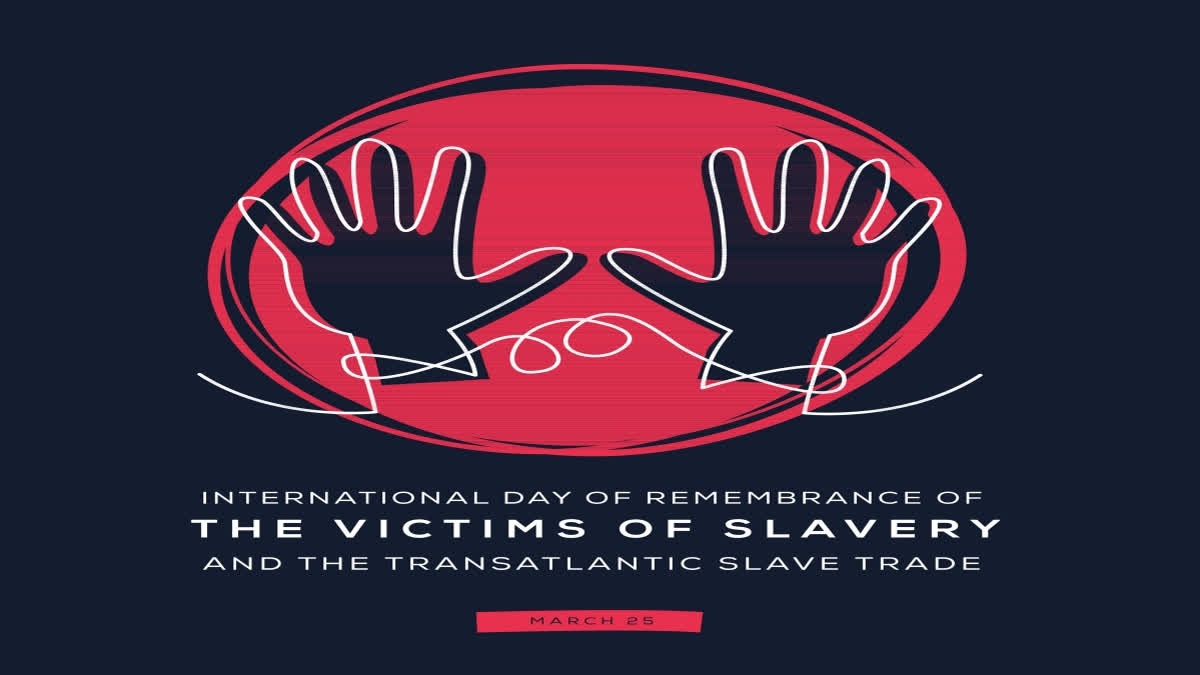Hyderabad:The International Day of Remembrance of the Victim of Slavery and the Transatlantic Slave Trade is observed every year on March 25. For over 400 years, over 15 million men, women and children were the victims of the tragic transatlantic slave trade, one of the darkest chapters in human history.
One devastating legacy of the transatlantic slave trade was racism. Historically, it was used to justify the enslavement of Africans. And today, it has led to people of African descent being relegated to the poorest and most marginalised sectors of society.
Aim of International Day of Remembrance of the Victim of Slavery and the Transatlantic Slave Trade:The International Day of Remembrance of the Victims of Slavery and the Transatlantic Slave Trade offers the opportunity to honour and remember those who suffered and died at the hands of the brutal slavery system.
This Day also aims to raise awareness about the dangers of racism and prejudice. In order to more permanently honour the victims, a memorial has been erected at United Nations Headquarters in New York. The unveiling took place on 25 March 2015.
In numbers:
About 17 million people were transported against their will from Africa to North, Central and South America during the 16th century and up until the 19th century. Millions more died while being transported to the Americas. This mass deportation and resulting slavery are seen as one of the worst violations of human rights. Some experts believe that its effects are still felt in Africa's economies.
Men, women and children, who were brutalised under a slavery system that endured for more than 400 years. The legacy of the inhumane forced migration – 96 per cent of captives arrived in South America and the Caribbean islands – is the large population of people of African descent in the Americas. On December 17, 2007, the United Nations General Assembly designated March 25 as the International Day of Remembrance of the Victims of Slavery and the Transatlantic Slave Trade. It was first observed in 2008.
A historical view of the abolition of slavery:
Slavery was officially abolished in the United States on February 1, 1865. However, racial segregation continued throughout most of the following century and racism remains an important issue even now. Hence, the International Day of Remembrance of the Victims of Slavery and the Transatlantic Slave Trade is an occasion to discuss the transatlantic slave trade's causes, consequences and lessons.
It is hoped that this will raise awareness of the dangers of racism and prejudice. Ship owners treated the slaves like cargo. The slaves were shipped as quickly and cheaply as possible. The slaves were then sold to work on plantations, rice fields, mines, and as domestic servants. In 1807, Britain passed the first legislation banning slave trading and by 1815, the British pressured the Netherlands, France, Spain, and Portugal to do the same.
Timeline:
